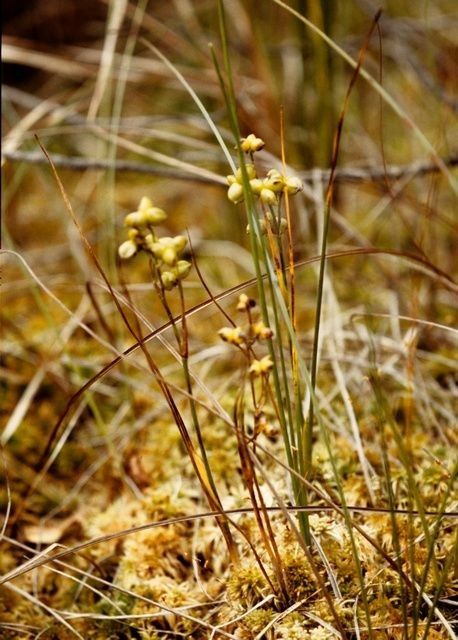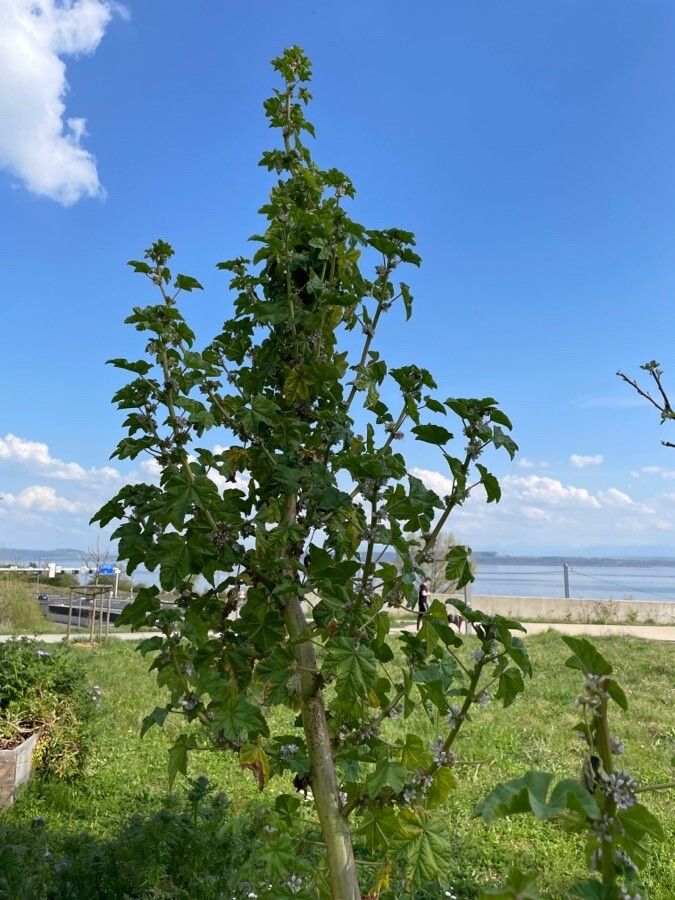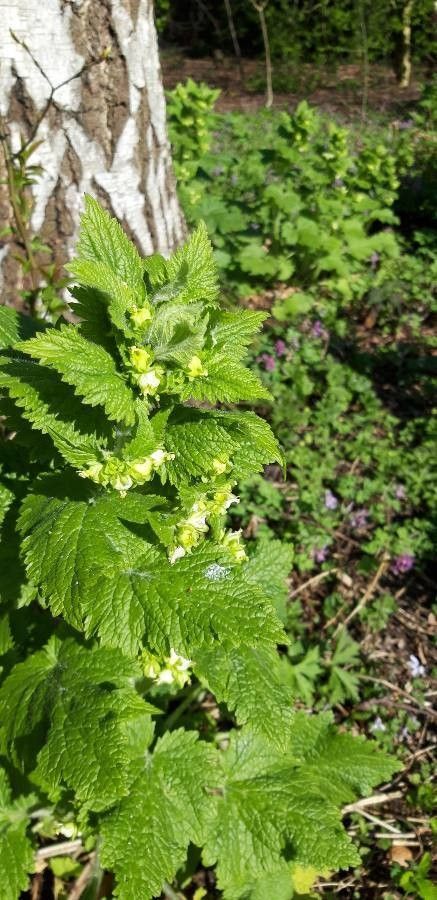### Rannoch-rush: A Deep Dive into *Scheuchzeria palustris*
The Rannoch-rush (*Scheuchzeria palustris*) is a fascinating and relatively uncommon plant, captivating botanists and nature enthusiasts alike. Belonging to the small family Scheuchzeriaceae, it holds a unique place in the world of wetland flora. Its striking appearance and specialized habitat make it a subject worthy of further exploration.
### Habitat and Growth
Rannoch-rush thrives in acidic, nutrient-poor, saturated soils. You'll typically find it in bogs, mires, and other wetland habitats. Its preference for cold, wet conditions makes it a characteristic species of northern latitudes and high-altitude bogs. This plant is often found in association with other specialized wetland species, creating a unique and delicate ecosystem.
The plant itself is relatively small, typically growing to a height of only 10-30 centimeters. It features narrow, grass-like leaves that grow from a basal rosette. The small, inconspicuous flowers are greenish-brown and are borne on slender stalks rising above the leaves. The flowering period usually occurs in the summer months.
### Identification
Identifying Rannoch-rush requires a keen eye for detail. Its grass-like leaves can easily be mistaken for other wetland plants. However, key features help to distinguish it. Its linear, somewhat fleshy leaves, its basal rosette growth habit, and its characteristic flower structure are critical identification points. Detailed botanical illustrations and field guides are essential tools for confident identification.
### Conservation Status
Due to its specialized habitat requirements and the ongoing threats to wetland ecosystems, the conservation status of Rannoch-rush varies geographically. Habitat loss and degradation from human activities are significant concerns. Understanding its specific environmental needs is crucial for implementing effective conservation strategies to protect this unique plant and the delicate ecosystems it inhabits. This involves careful management of water levels, protection from pollution, and preventing encroachment on its natural habitat.
### Cultivation and Propagation
Cultivating Rannoch-rush presents challenges due to its specific habitat requirements. It necessitates highly specialized conditions, including consistently moist, acidic soil and cool temperatures. It is not a plant easily grown in typical gardens. Propagation is typically achieved through seed, though germination rates can be variable and require careful attention to environmental conditions.
### Global Distribution
Rannoch-rush enjoys a circumboreal distribution, meaning it is found across the northern hemisphere. Its presence extends across a vast area, encompassing various continents and highlighting its remarkable adaptability to different, but similarly harsh, environments within this zone. Studying its distribution provides valuable insights into the geographic spread of wetland habitats and their associated biodiversity.
### Conclusion
The Rannoch-rush remains an enigma and a treasure of the wetland world. Its resilience, specialized adaptations, and the beauty of its unique habitat make it a fascinating subject for botanists, ecologists, and anyone interested in the wonders of the natural world. Protecting this remarkable plant and its fragile habitats is vital for maintaining the biodiversity of our planet.
Rannoch-rush: Guide to This Unique Plant

Frequently Asked Questions
Where does Rannoch-rush grow?
Rannoch-rush thrives in acidic, nutrient-poor, saturated soils of bogs, mires, and other wetland habitats, primarily in northern latitudes and high-altitude regions.
How do I identify Rannoch-rush?
Identify Rannoch-rush by its linear, fleshy leaves growing from a basal rosette, its greenish-brown flowers on slender stalks, and its preference for cold, wet habitats. Use field guides for accurate identification.


